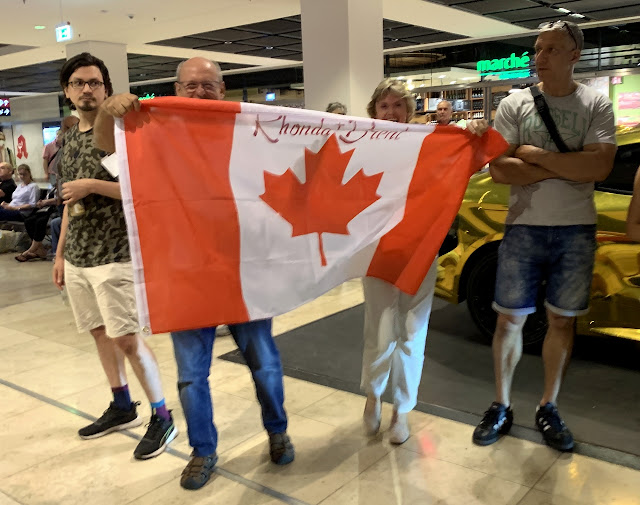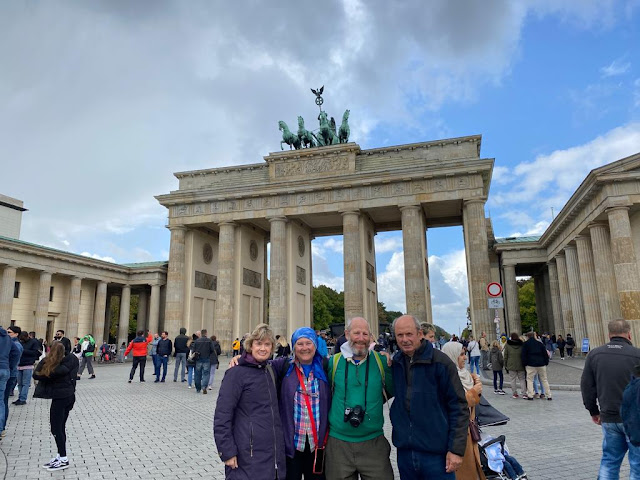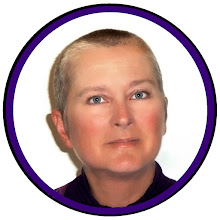In June 2022, I stopped working. Since I am only 55, I am not ready (mentally, or financially) to declare myself "retired", so I stole a phrase from a years-ago COC member (cheers, Scott) and am calling myself "Self-Unemployed".
December 24th 2022 marks the six-month anniversary of the commencement of my Self-Unemployment, so let's do a Performance Review!
| Self-Unemployee Name: Rhonda | Review Period: From 2022-06-24 to 2022-12-23 | |
| CATEGORY | RATING | COMMENTS AND EXAMPLES |
| Waking up at normal human time (i.e., 6AM or later) | ☐ Exceeds expectations ☐ Meets expectations ☑ Needs improvement ☐ Unacceptable | In late June, and then during the post-work travels to BC and Germany, Rhonda did really well, often sleeping until at least 6AM. Since the end of the post-work travels, Rhonda's sleep performance has reverted back to her crazy habit of waking up well before 6AM. She consistently struggles to stay awake in the evenings, and often gets up at 5AM, 4AM or sometimes even 3AM. |
| Re-discover love for music | ☑ Exceeds expectations ☐ Meets expectations ☐ Needs improvement ☐ Unacceptable | Since June, Rhonda has re-engaged enthusiastically with music, including listening to music while on the computer, in the car, and while doing housework. Rhonda has also resumed fastidious management of her iTunes collection. |
| Improve health and fitness | ☐ Exceeds expectations ☑ Meets expectations ☐ Needs improvement ☐ Unacceptable | Rhonda has been making a point of adopting many behaviors that foster health and fitness:
|
| Loaf and Ⅎ℧©K around | ☑ Exceeds expectations ☐ Meets expectations ☐ Needs improvement ☐ Unacceptable | Rhonda has, believe it or not, always been quite skilled at loafing and Ⅎ℧©King around. Since June, Rhonda has:
|
| Travel whenever the Ⅎ℧©K I want | ☐ Exceeds expectations ☑ Meets expectations ☐ Needs improvement ☐ Unacceptable | Travel is one of Rhonda's biggest interests, and she was deprived of it for close to three years by the pandemic, and by a toxic boss. A week after stopping work, Rhonda took a month-long trip to BC. Two weeks after returning from BC, Rhonda took a five-week trip to Germany. Since the trip to Germany, Rhonda has planned a 10-week cycle tour in Europe for 2023. |
| Keep myself busy and entertained | ☑ Exceeds expectations ☐ Meets expectations ☐ Needs improvement ☐ Unacceptable | Following the advice of Ernie Zelinski (author of "The Joy of Not Working"), Rhonda created a list of 100 things to do when she stopped working, and she consults it for inspiration whenever she's at loose ends. Major 2022 "projects" from Rhonda's list of 100 include:
|
| Avoid getting a job | ☐ Exceeds expectations ☑ Meets expectations ☐ Needs improvement ☐ Unacceptable | From about one month pre-work-stop to current time, Rhonda occasionally looks at job boards, signs up for job alerts, and considers applying for something. Then she come to her senses and go back to loafing and Ⅎ℧©King around. The urge to get a job is waning very quickly. |
| Not giving any Ⅎ℧©K§ | ☑ Exceeds expectations ☐ Meets expectations ☐ Needs improvement ☐ Unacceptable | As a lifelong (ok, since 12-years-old) compulsive worker, Rhonda thought it would be harder for her to not give any Ⅎ℧©K§ about not working, but to her surprise, she hasn't yet given a Ⅎ℧©K. For the first month of self-unemployment, Rhonda (and people she kept company with) toasted using the phrase "Ⅎ℧©K Johanna" (the toxic boss). After a month, Rhonda let it go and moved on, and has not given a Ⅎ℧©K since. |
| CATEGORY | GOAL | |
| Waking up between 4:00 and 5:00 | Rhonda continues to enjoy the wee hours too much to completely give up the early bird schedule, however, she still frequently gets up around 3AM. The goal for 2023 is to establish a routine of waking up between 4:00 and 5:00. | |
| Loaf and Ⅎ℧©K around | Resume enjoyment of the patio in the yard when weather permits. Visit yards and patios of friends and family to loaf and Ⅎ℧©K around in a variety of environments. | |
| Improve health and fitness | Continue lifestyle modifications to manage blood glucose. Reduce A1C to 5.8 or lower. Try meditation for the month of January 2023. Continue if it's beneficial. Finish the "One Year of Fresh Air" challenge. | |
| Travel whenever the Ⅎ℧©K I want | Take the customary winter vacation in February. Take a long (10-week) cycle-tour (France, Germany, Switzerland). | |
| Keep myself busy and entertained | Continue the Herculean task of culling and organizing all of my digital photos, including posting photos from past trips, and club events, onto DAMDetails. Continue taking free online courses, time and interest permitting:
Improve skills related to bicycle maintenance. Continue cooking more - develop some skills. | |






























